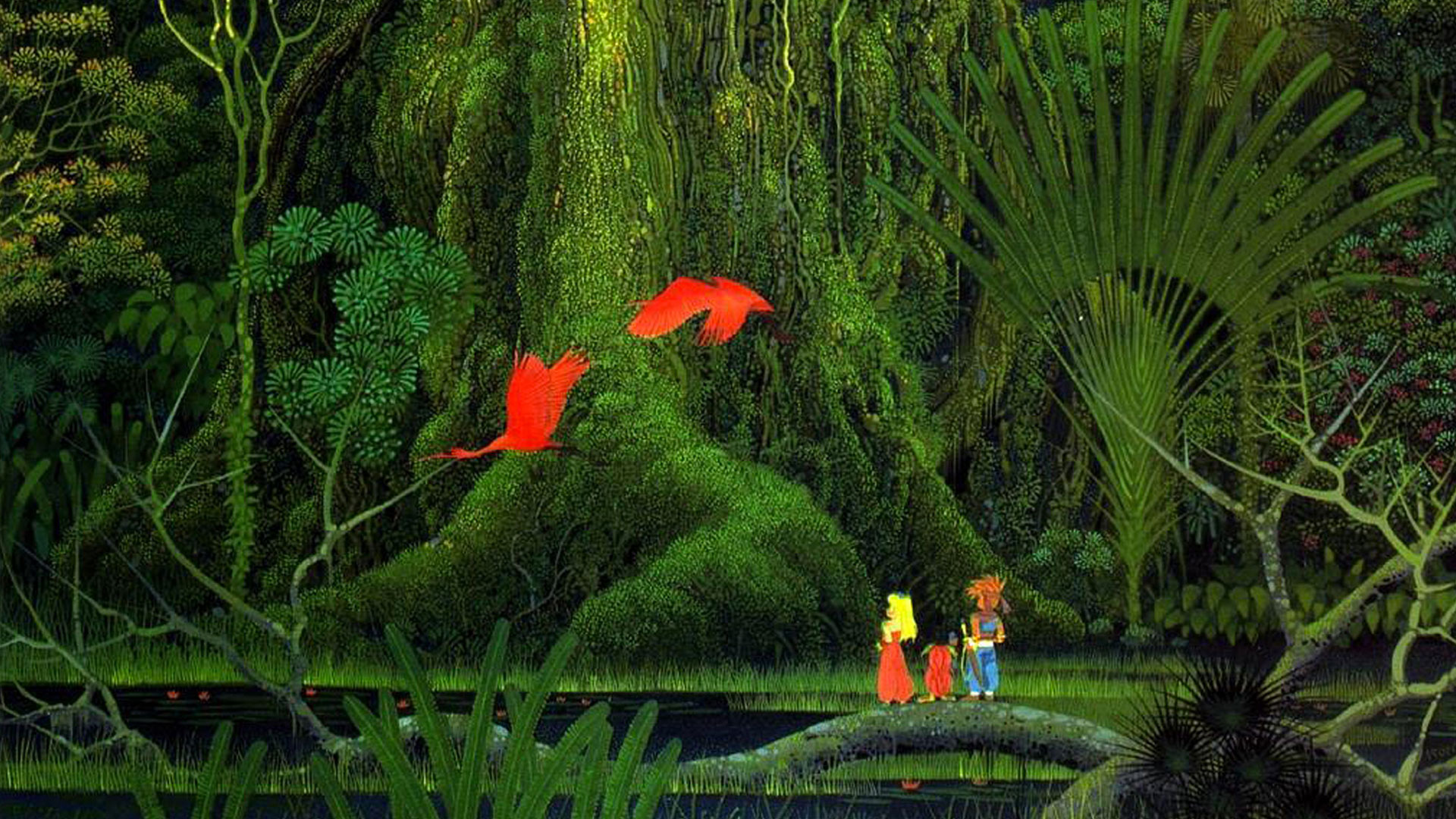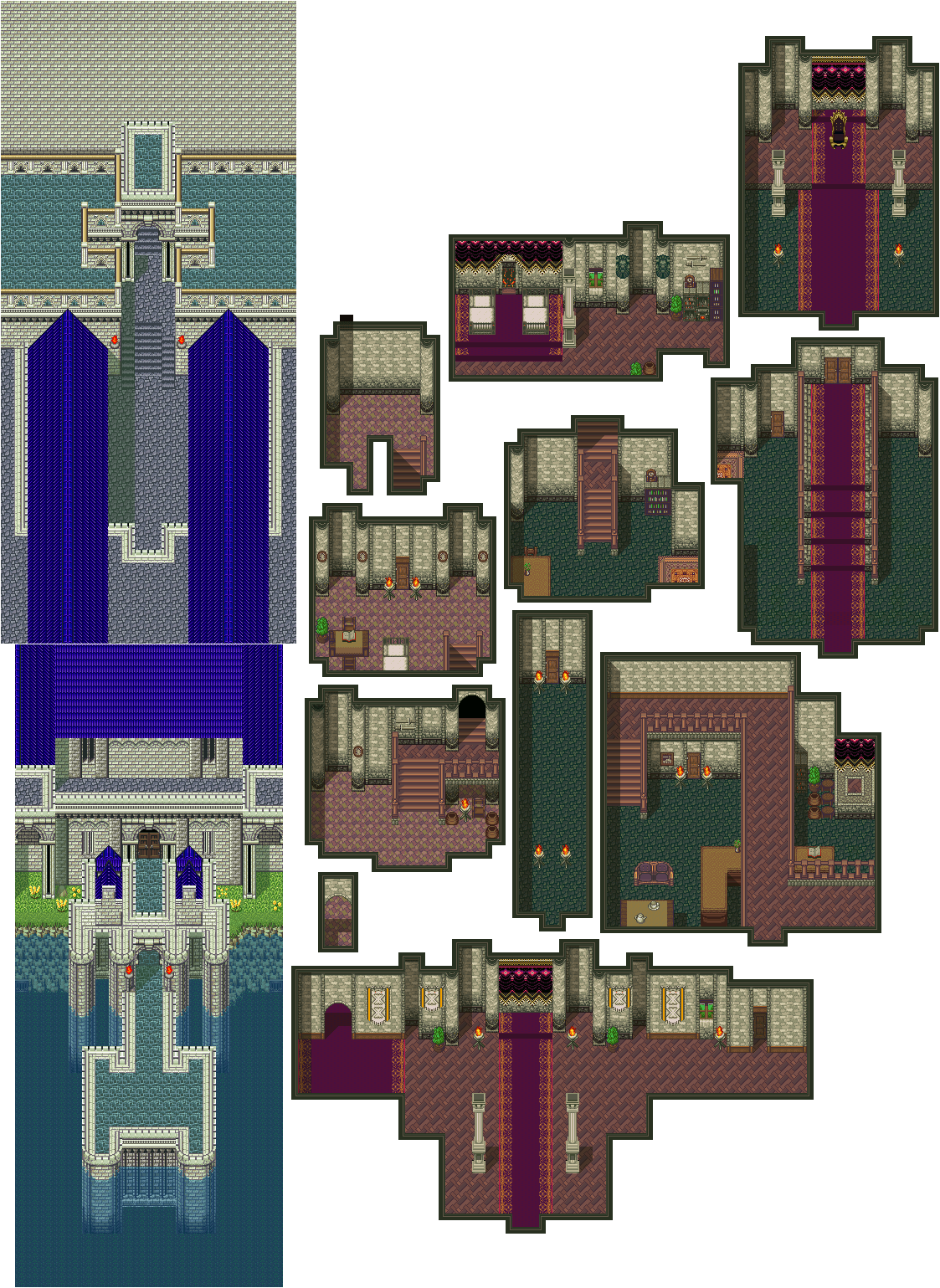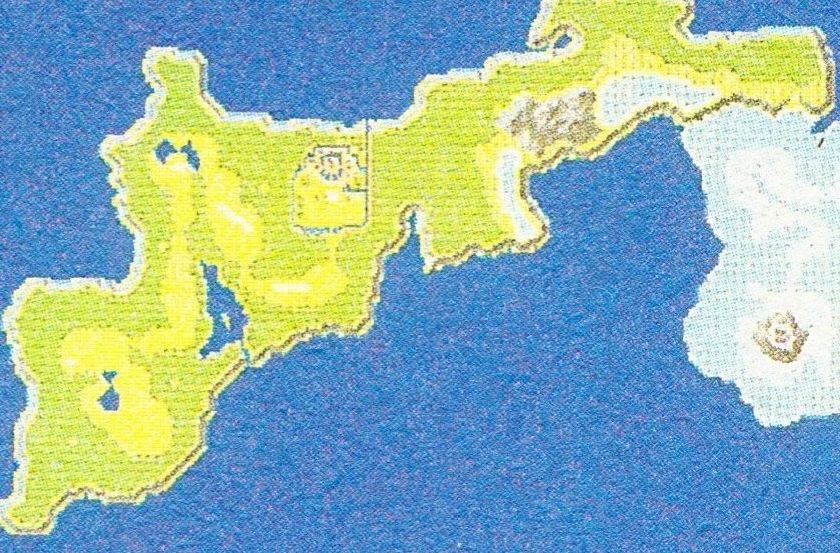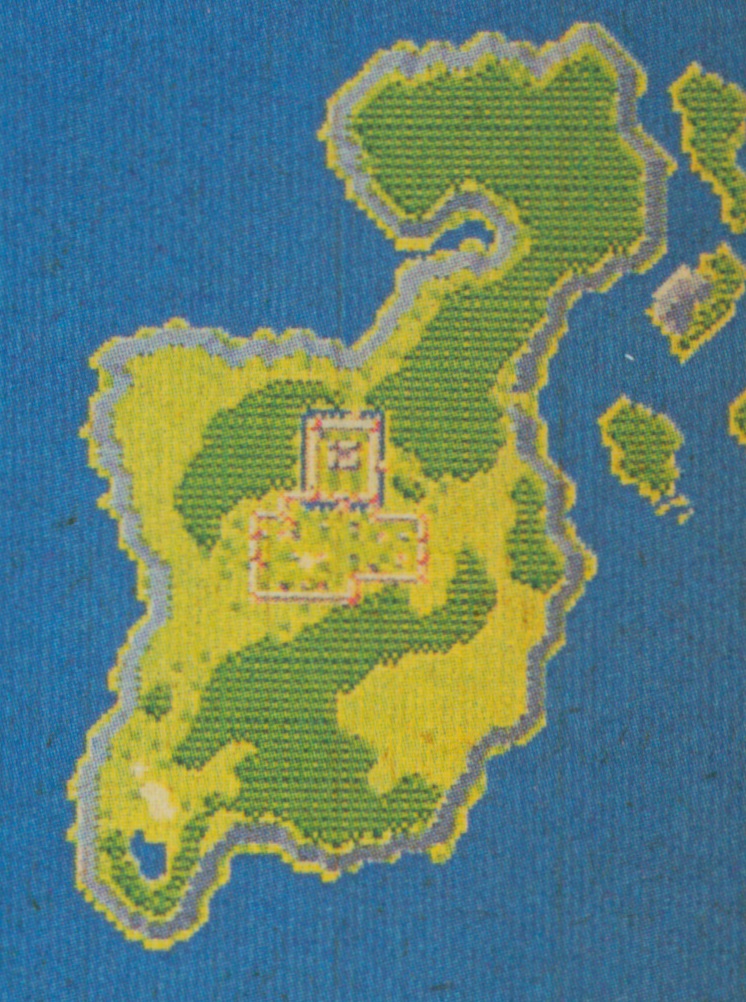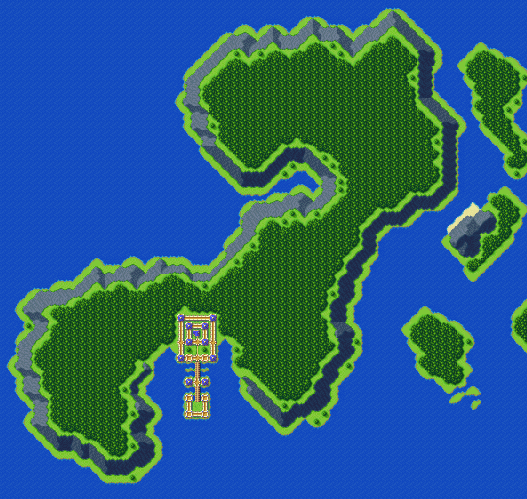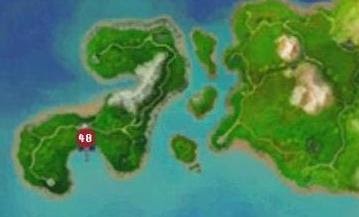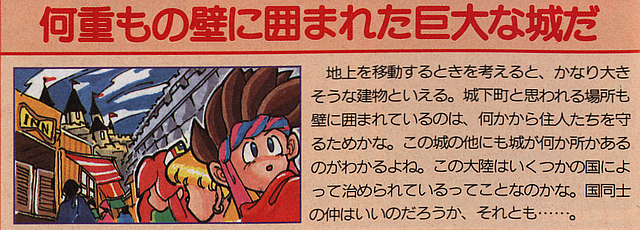Tasnica

Tasnica
February 28, 2021
Tasnica is one of the three major nations in Secret of Mana, along with Pandora and the Empire. It’s part of the alliance fighting the Empire, and it’s a sister kingdom to Pandora, with whom it shares many resources. In-game map from Fantasy Anime:
Development
Sadly, the developers weren’t able to develop Tasnica to its full potential. Map I possibly shows plans for an intricate scenario:
Map IIa had pared things down closer to what we have in the final:
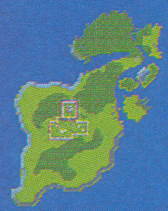
Like the Empire, Tasnica was further developed by Map IIb:
…but cut all the way down to one castle by the time of the game’s release (III):
Dummy locations and roads were also added here in the 2018 remaster to make Tasnica more than just a castle on the water (IV):
This article appeared in a Japanese magazine shortly before release:
Translated by Sevon
A huge castle surrounded by walls Considering how long it takes to run around, the castle must be huge. The town beneath the castle is also surrounded by walls, as if to protect the inhabitants from something. This isn't the only castle, of course. Several countries probably rule on this continent. But do they all get along? Or...
Localization Notes
- In Japanese, Tasnica’s castle is named Lemurian, a reference to a lost continent proposed in 1864.
- Tasnica doesn’t have an inn, but the game’s memory contains this deleted line: “Instead of an inn, how about Tasnica’s famous product, Fizzy-Fizzy Drink? Drink just a sip and you’ll be restored!” Sounds good about now.
- An NPC says, “Mana’s power is waning…” This is a wild change from the Japanese line: “May the power of Mana be with you.” This line has an unusual grammatical structure sometimes used in Shinto prayer. The average Japanese person would be far more likely to recognize this structure from Star Wars, where it’s used to invoke the quasi-religious overtones of, “May the Force be with you” in the Japanese dub of Star Wars.

